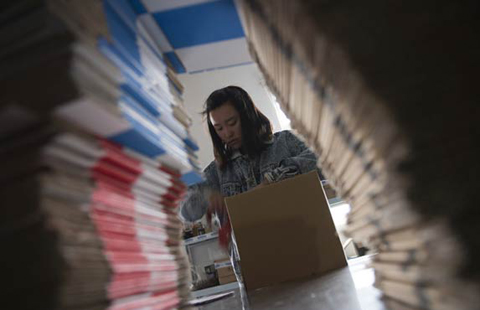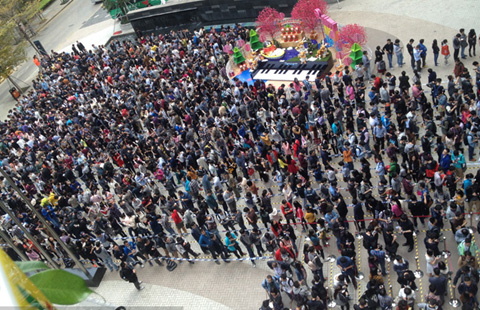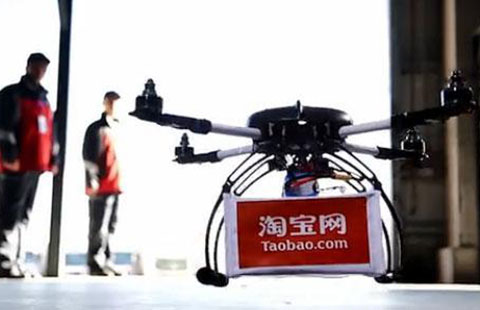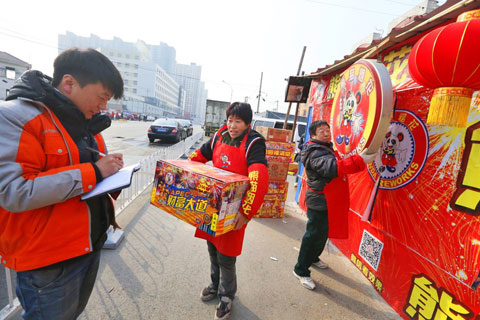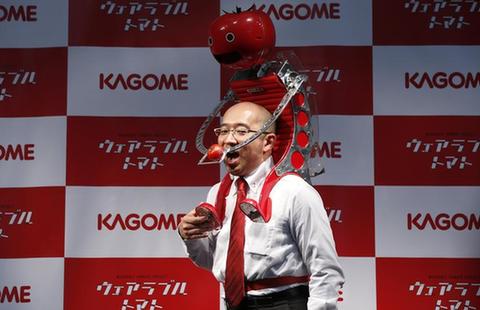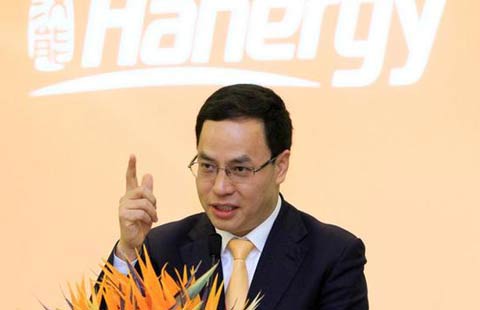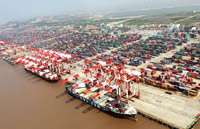Post-holiday labor market dull as industries see no clear profit prospect
(Xinhua) Updated: 2015-02-28 11:30As the world's second-largest economy experienced its lowest growth rate in 24 years in 2014, industries, understandably, tried to cut costs.
Although data on Wednesday showed the HSBC flash manufacturing purchasing mangers index (PMI) had improved slightly in February, rising to a four month high of 50.1, the bank cautioned that domestic economic activity would likely remain sluggish and external demand was uncertain.
Most enterprises maintained a gloomy outlook amid rising costs and declining prices.
According to a survey conducted by the Department of Commerce of Guangdong province at the end of last year, only 20 percent of enterprises in the Pearl River Delta, one of the major manufacturing bases in China, expected their annual orders to rise, while 40 percent expected a decline, and 40 percent expected no change at all.
Must try harder?
Policymakers have had to show more ingenuity when supporting growth.
Aside from a universal cut of 50 basis points to the reserve requirement ratio (RRR), the minimum level of deposits banks must hold in reserves, the central bank earlier this month increased support of targeted areas, cutting RRR by an extra 50bps for qualified city and rural commercial banks engaged in proportionate lending to small firms, the farming sector and major water projects.
Although it may be too early to say that China's economy has regained its lost momentum, analysts are upbeat that the latest PMI figure shows measures have begun to take effect, and the manufacturing sector has the potential to inject more vitality into the economy.
"Targeted policies such as tax cuts for small- and medium-sized enterprises and the collection of taxes in stages will free up cash to encourage startups and boost innovation, which will both benefit the economy," said researcher at the Research Institute for Fiscal Science under the Ministry of Finance Wang Zecai.
"We expect more policies to come," he said.
- Russia may accept majority Chinese control of oil and gas fields
- China eyes Tianjin as innovation engine
- South China's Guangdong keeps it simple for growth
- Local govts pave way for new wave of small firms
- Tax cuts 'could be prelude to fiscal policy switch'
- Shagang cuts stake in listed steel unit to diversify
- Intel spending big in China to catch up
- Further monetary easing will be 'a trend'
